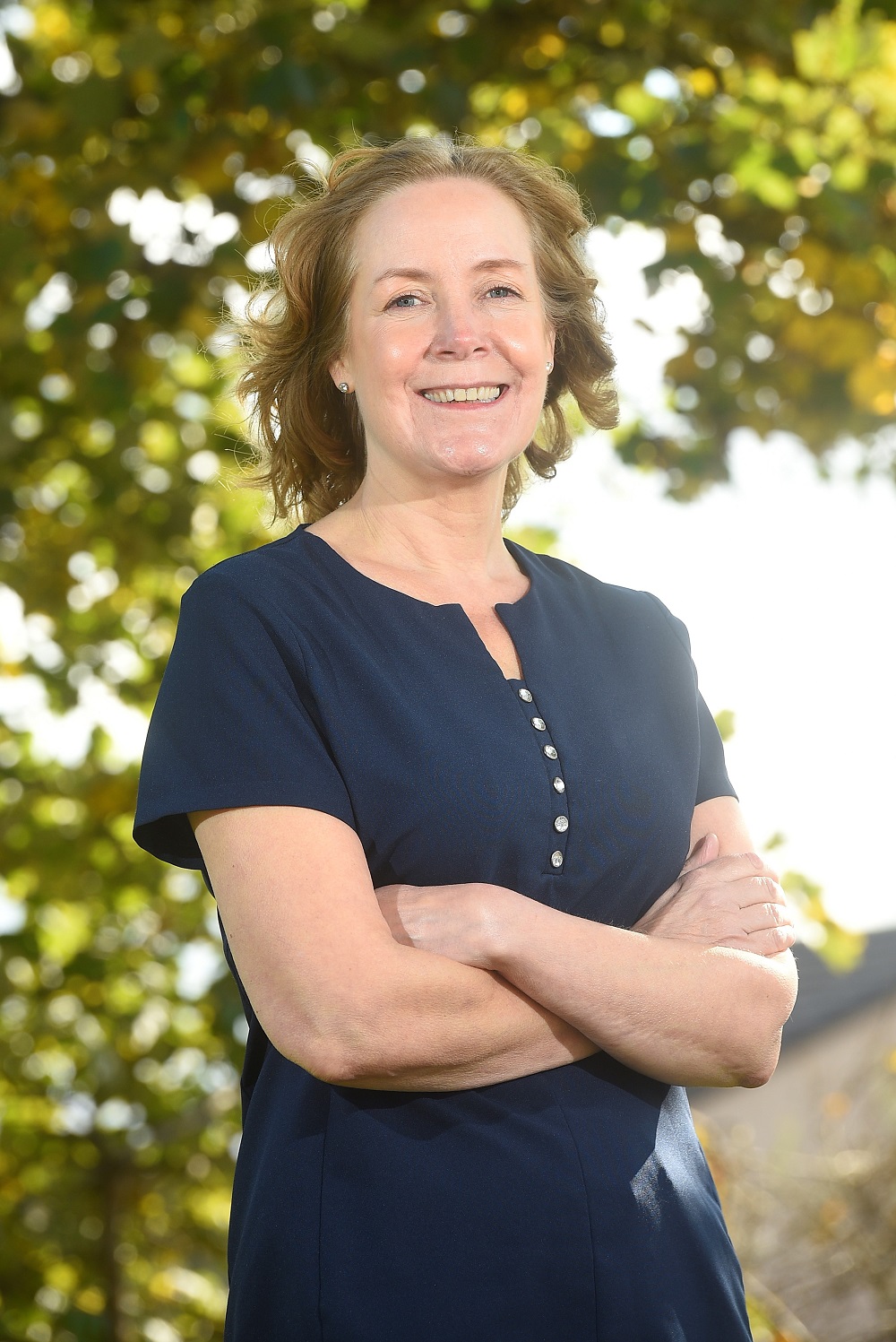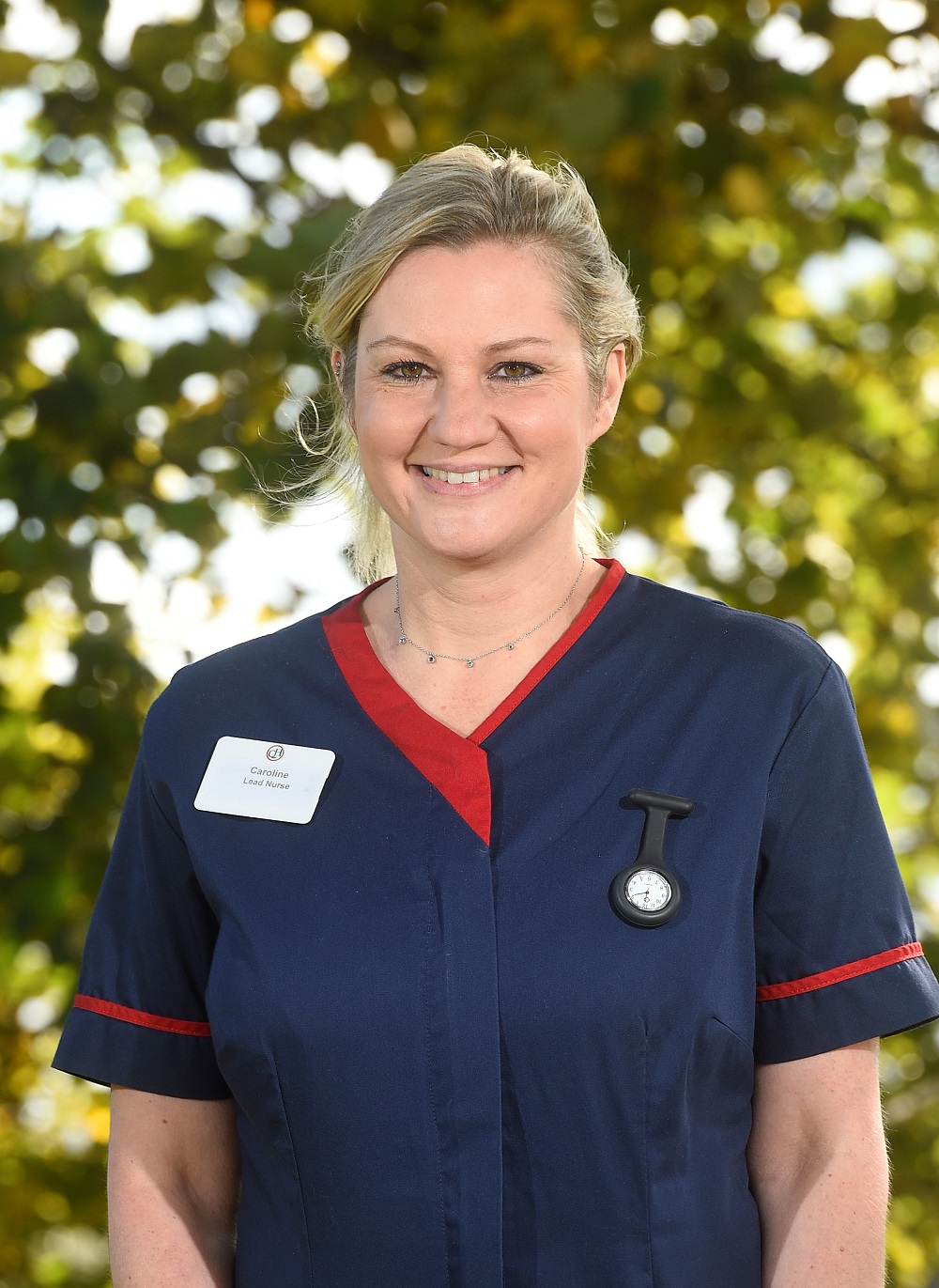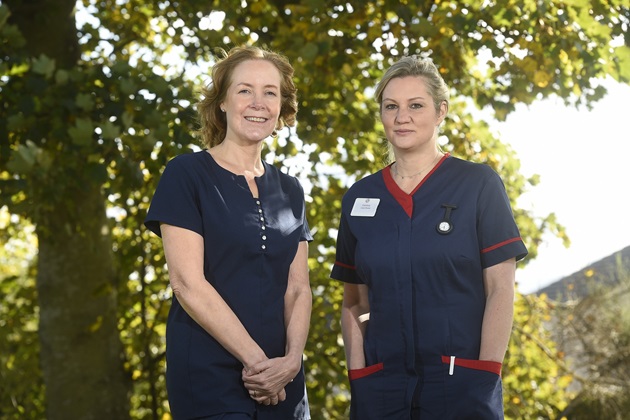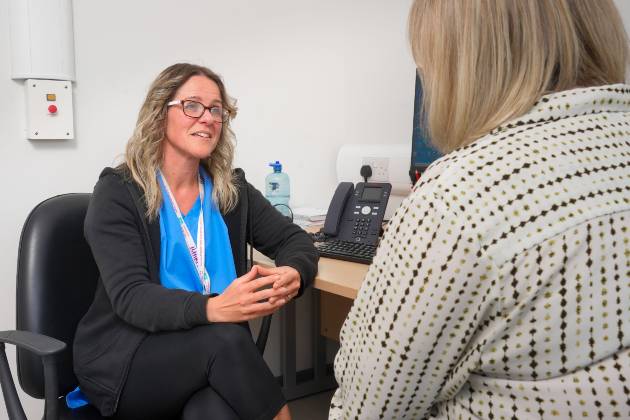This Scottish charity’s care homes have avoided the virus so far, but the possibility of an outbreak remains a concern. Here’s how they’re managing the fears of staff and residents
For Jane Douglas, the realisation of what the pandemic might mean for her charity’s care homes sparked intense feelings.
“I’ve never experienced anxiety like this in my life,” says Jane, who is Chief Executive of Queen’s House, based in the Scottish Borders, which provides accommodation for up to 59 residents in three separate houses, including people living with dementia and cognitive impairment. “Our residents were watching the news and getting scared, while staff were very afraid at the beginning. They were especially frightened of bringing the virus into the homes.”
A training session on how to use personal protective equipment (PPE) provided an opportunity for staff to share their concerns. “They told us they’d never had to deal with anything like this before, with no end date in sight,” says Jane, who is also a Queen’s Nurse. “None of us knew what was going to happen. It was that fear of the unknown. I remember thinking, we’ll just get through this and it will be gone in a month or six weeks or so. And then it dawns on you that’s not going to happen.”
To support staff, the homes have a huddle every day, where team members can share how they are feeling. “We also make sure they are getting their development and training, although that has to be done mainly online at the moment,” says Jane. “It’s really about being here for them, listening to them, addressing any anxieties they may have and giving them the chance to talk through what’s going on for them.”
Not being able to touch or hug a relative is very difficult
Personally, she’s found linking with other local care home managers invaluable. “The things I’m experiencing are happening to them too,” says Jane. “We can all support each other. In the past, although we all know each other, we may not have picked up the phone so easily. That’s been a positive.”
At the time of speaking, indoor visits have just begun again, with residents allowed one visitor for half-an-hour each week, taking place in a special room, which is thoroughly cleaned afterwards. Visitors must wear PPE and maintain social distancing, with no physical contact. Up to three visitors are allowed outside, from two different families. “Technology has been a blessing during the pandemic,” says Jane. “But it isn’t the same as seeing your relatives face-to-face. Not being able to touch or hug a relative is very difficult.”
Although staff understand the importance of opening visiting, Jane admits they are also worried it makes the home more vulnerable to an outbreak - something they’ve avoided so far. “There’s a fear now that cases are increasing again and there’s still the potential for the virus to come into the homes,” she says.
Activities are still very much restricted, with no one from outside allowed in to lead them. Their own staff are organising very small groups of socially distanced activities and they are looking at possibilities online, including watching concerts and church services. “The homes are very quiet now,” says Jane. “We’re used to having lots of people in and out, with music happening regularly, and that doesn’t happen anymore. It’s particularly hard for those residents who are very aware and who may once have gone into the town or taken part in different things.”

While most residents have accepted that staff wear masks now, it also creates difficulties. “One resident said people’s faces were disappearing,” says Jane. “When you’re wearing a mask, you need to be very conscious of your eye contact, your voice and the way you present towards the person. They will read a lot from the tone of your voice.”
Looking towards the future, she believes the pandemic has strengthened the case for developing an enhanced role for nurses who work within care homes. “There’s a real need for an understanding of the complexity of care and support of residents living in care homes, who can be very frail,” says Jane.
“Nurses need high levels of competence to be able to make clinical decisions, including recognising deteriorating residents and understanding what to do. Very often they are on their own, with no one else to ask. If we had an enhanced role, that would help alleviate pressure on GPs.”
Time to care
Helping families say their last goodbyes to loved ones when visits were not allowed was especially difficult, says lead nurse Caroline Cleland.
“We were fortunate that we didn’t have anyone contract the virus here, but some residents were at the end of life because of different causes,” explains Caroline, who has worked at the home for four years and was promoted just as the pandemic was beginning. The home had to suspend visits completely for a while, which meant final farewells had to be said from a distance. “It was very hard. It felt wrong, but there wasn’t another option,” she says.
For Caroline, working in a care home offers the opportunity for highly personalised nursing. “I have time to care,” she says. “You get to know people and their families. We work hard to build relationships and it’s not just about listing someone’s medical conditions.”
In the past, she’s felt that care homes were seen as less important, compared to NHS services. “I think this has highlighted that the independent care sector is often treated as a poor relative,” says Caroline. “But actually, we do an important job and we are frontline health care workers. We’re a vital resource and I hope there’s an increased appreciation for what we do.”

Managing the anxieties of both residents and staff has been a key aspect of her role. While most residents have coped well, one person living with dementia was constantly watching the news and began to believe she had contracted the virus, becoming worried and distressed. “We reassured her that she didn’t have it, regularly checking her temperature,” says Caroline.
From the beginning, they offered emotional support to staff. “It’s been challenging,” she admits. “A number of staff have been upset and worried. It has become overwhelming at times. We’ve said throughout that if they’re feeling stressed it’s always best to speak to someone and not bottle it up. People have proven to be resilient and supportive of each other.”
Looking ahead, she is mindful that cases are rising once more, including locally. “The threat is still out there,” says Caroline. “We can’t afford to think it won’t happen to us.”
More information
For the latest information and advice on COVID-19 and how it affects you, visit our COVID-19 web pages.








